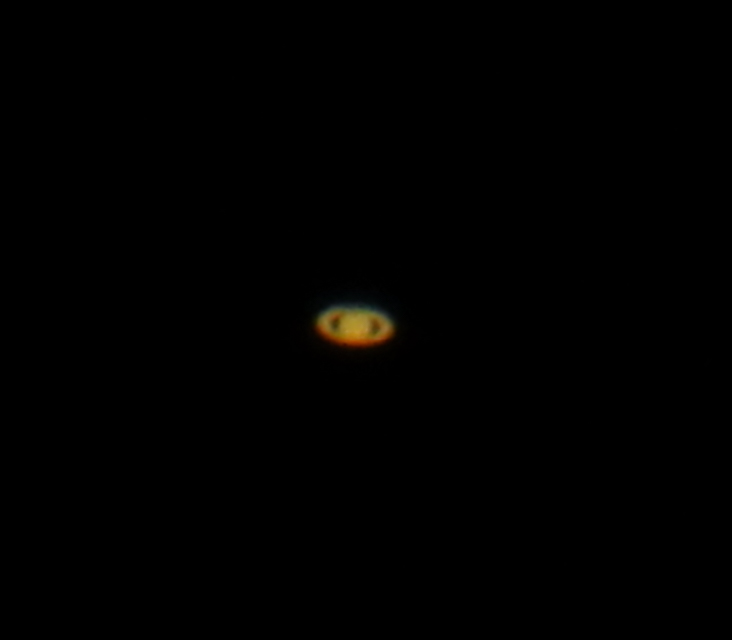Besides looking at Saturn, I spent the earlier part of this evening exploring the Moon towards achieving Explore the Moon (Telescope) - August 6, 2017.
Constellations: Boötes, Cassiopeia, Corona Borealis, Lyra, Ursa Major
Planet: Saturn
Asterism: Summer Triangle / DAVe
Meteor: (1)
Location: Home
Date: 2017-08-06
Time: 9:06 PM - 11:15 PM
Instrument: Visual + Binocular 10x30 IS
Transparency: Poor - Fair (1-2)
Seeing: Poor - Fair (1-2)
Temperature: 19º C - 18º C
Fairly clear skies but slight haze and 99.3% Waxing Gibbous Moon affected seeing and transparency. Heavy dew in the early evening disappeared around 10 PM.
|
Ursa Major I was able to see all 7 stars quite readily at the first observation. However, all 7 stars appeared dimmer at the later observation, their brightness muted by the atmospheric conditioned and/or the Moon. |
Summer Triangle / DAVe A little breeze began at 9:06 PM but it disappeared around 10:00 PM. Located Deneb and Vega at 9:39 PM and Altair at 9:52 PM. Only some of the strs in each constellation could be seen so didn't spend much time looking - except around Deneb for Cygnus 16 and ο1. |
|
Boötes Saturn Saturn was easy to pick out in the sky just above our tree line. However, I did not see any adjacent stars. |

ISO 100, 1/5 sec @ f/8.0
|
|
Corona Borealis Alpheca was very bright when it was first seen. With my back to the Moon, I visually could see Alpheca plus β, θ and γ. With my binoculars, I could also find ε; however, ι could not be identified in the slightly hazy skies. |
Meteor A bright white flash lasting ~ 1 second "downwards" in my perspective. Meteor flash went from NW to NE through Cepheus. |
Lyra
Time: not recorded
Instrument: Visual
S&T Chart Reference: 63
Located Vega and visually locate Lyra ε and Lyra ζ. I didn't use binoculars to see the remaining stars.
Cassiopeia
Time: not recorded
Instrument: Visual
S&T Chart Reference: 1, 3, 72
Walked to the deck side of the house and the shadow of the house next door to escape from the Moon and street ligh respectively. Cassiopeia was fairly visible from this location. All 5 stars could be seen but they were dimmed/muted by the atmosphere and/or the Moon. Given its dimness and that of UMa, I gave up for the night at 11:15 PM.